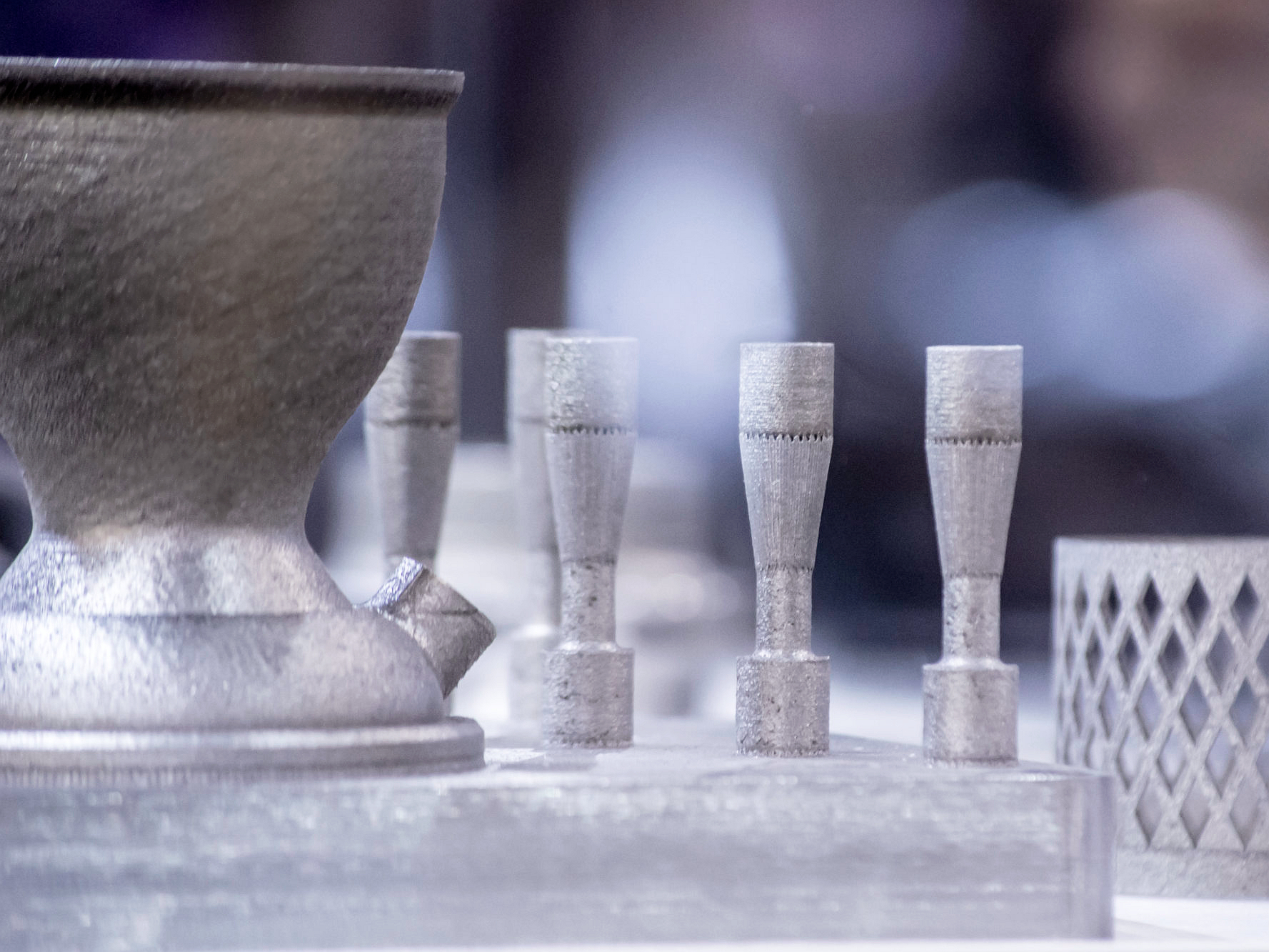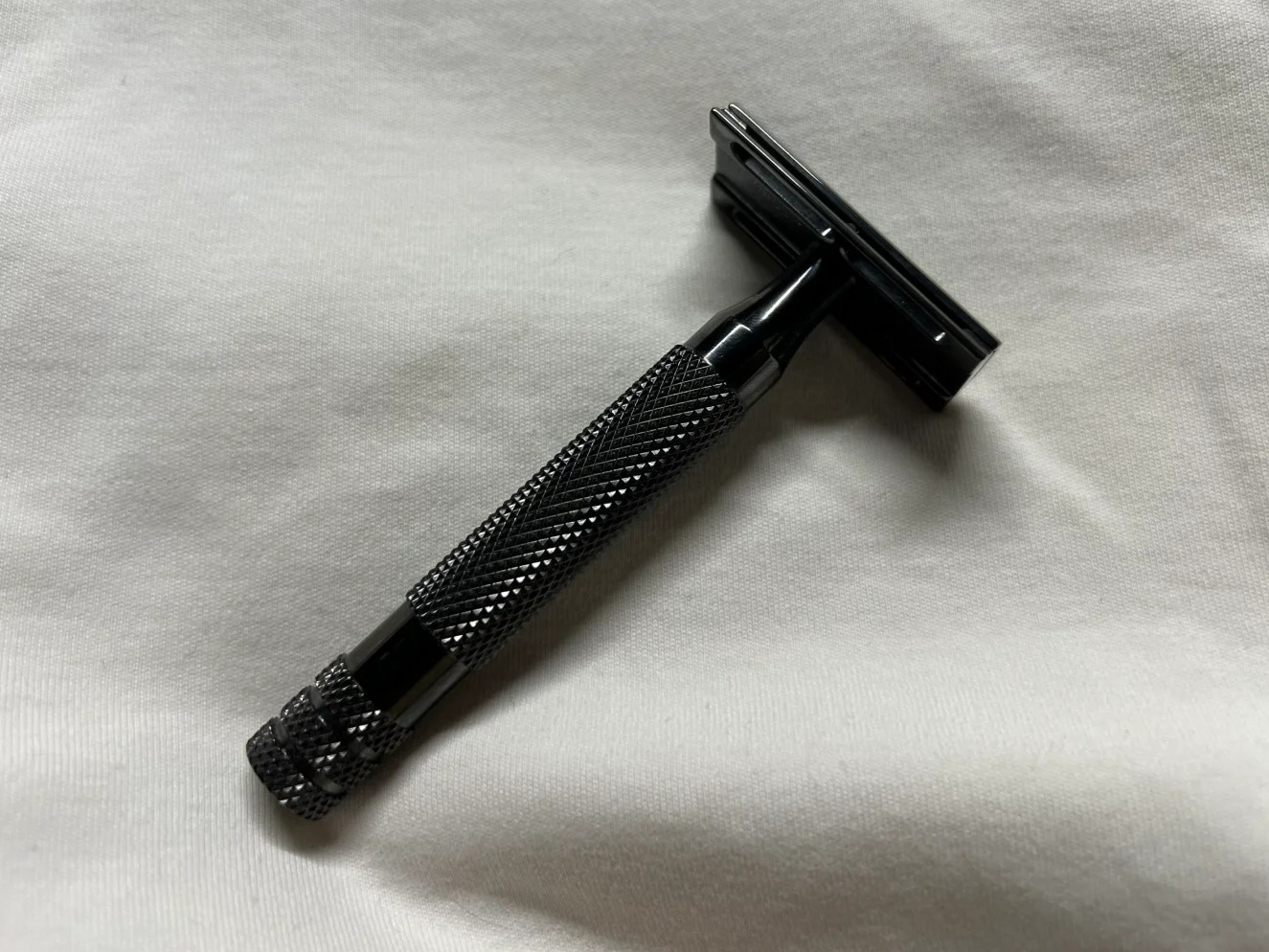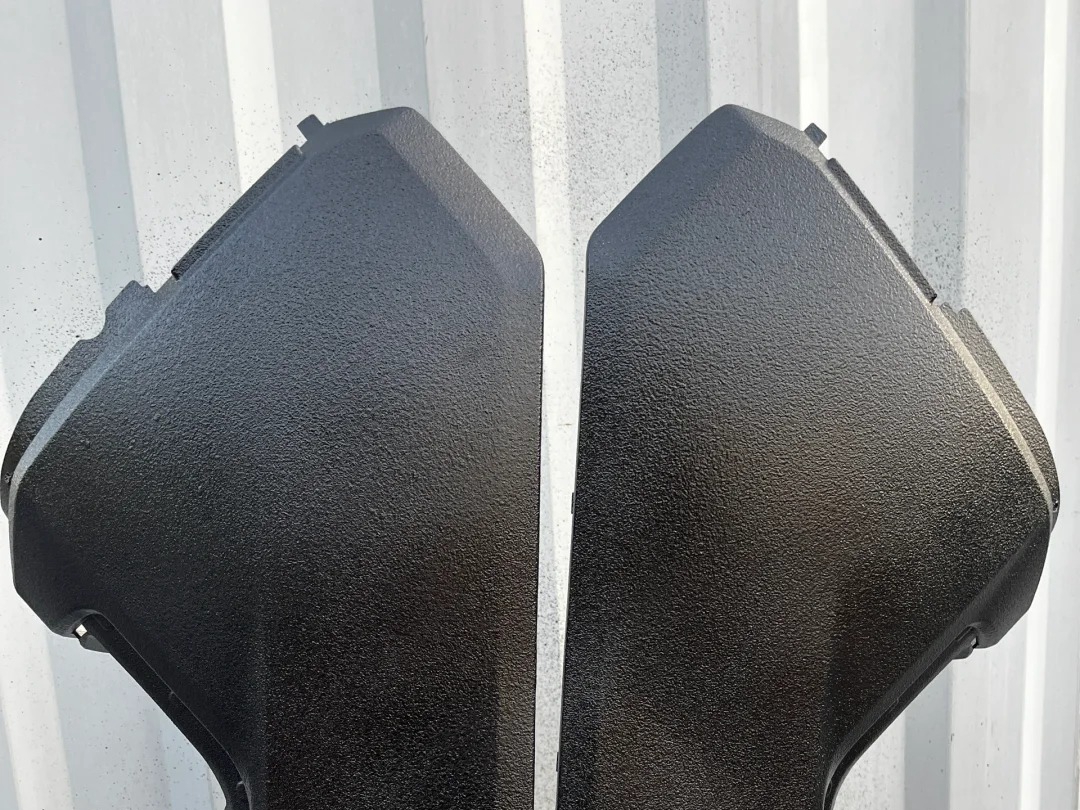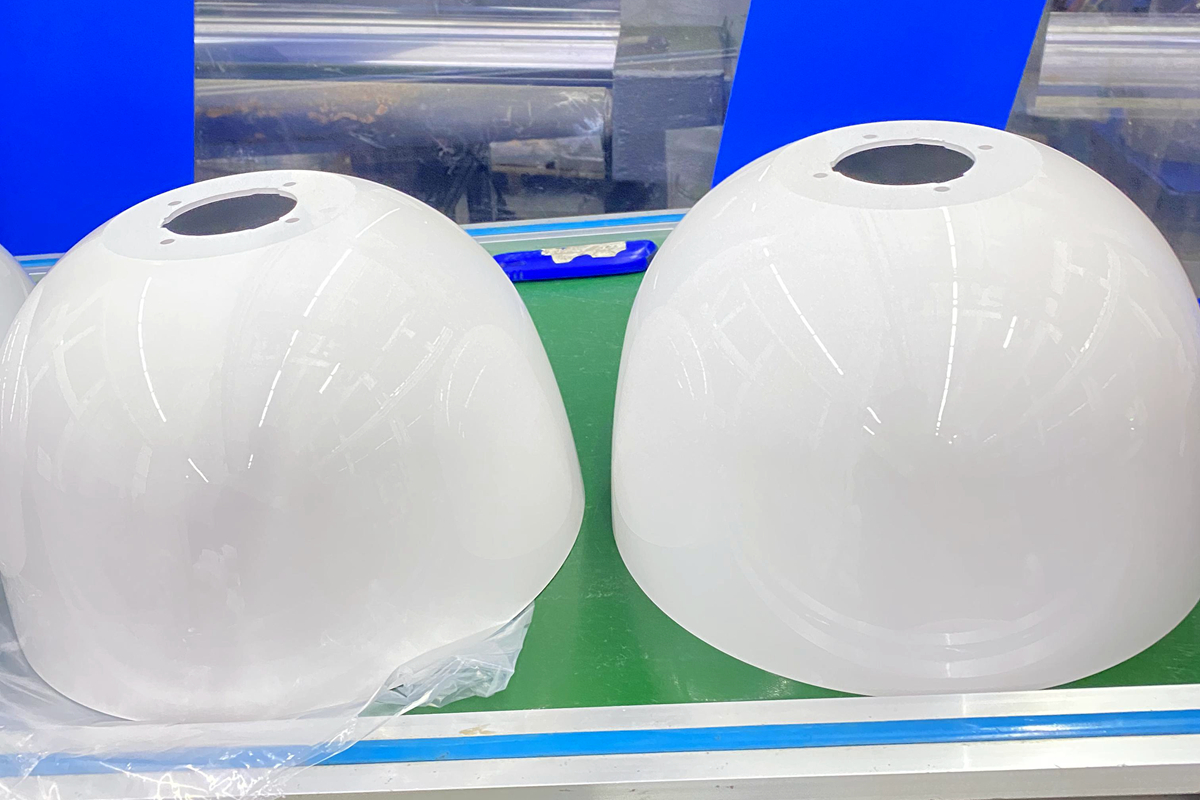Online Sheet Lamination 3D Printing Service
Our Online Sheet Lamination 3D Printing Service combines Laminated Object Manufacturing (LOM) and Ultrasonic Additive Manufacturing (UAM) technologies. These methods provide cost-effective, robust parts with excellent material properties, ideal for rapid prototyping, tooling, and low-volume production with intricate geometries.
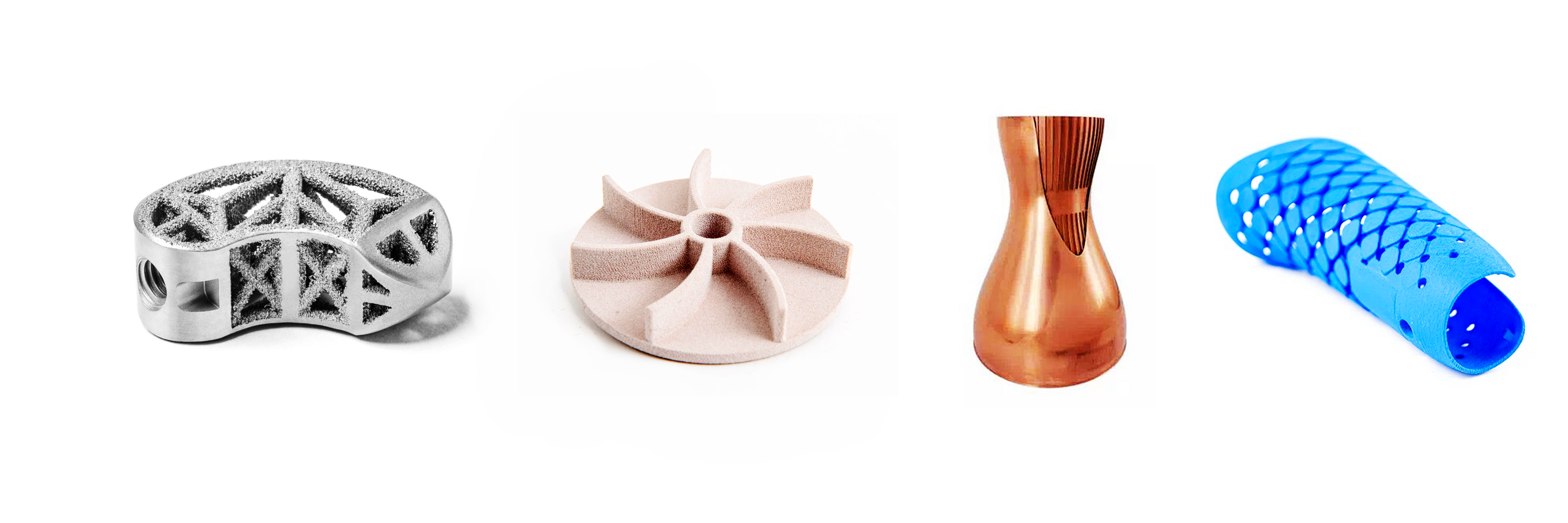
Send us your designs and specifications for a free quotation
All uploaded files are secure and confidential
Benefits of Sheet Lamination 3D Printing Service
Sheet Lamination 3D Printing Service bonds sheets of material together and cuts them to shape. It offers fast production, cost efficiency, and the capability to produce large objects rapidly, making it ideal for industrial prototypes and low-volume manufacturing.
Comparison of LOM and UAM
This table compares Laminated Object Manufacturing (LOM) and Ultrasonic Additive Manufacturing (UAM) across various aspects including technology, materials, complexity, surface finish, mechanical strength, speed, precision, cost, applications, and environmental impact.
Let's Start A New Project Today
Sheet Lamination 3D Printed Parts Design Guideline
These design guidelines provide recommendations for optimizing parts produced by sheet lamination. They address key design aspects such as feature size, wall thickness, supports, orientation, and more to ensure robust and well-assembled parts.
